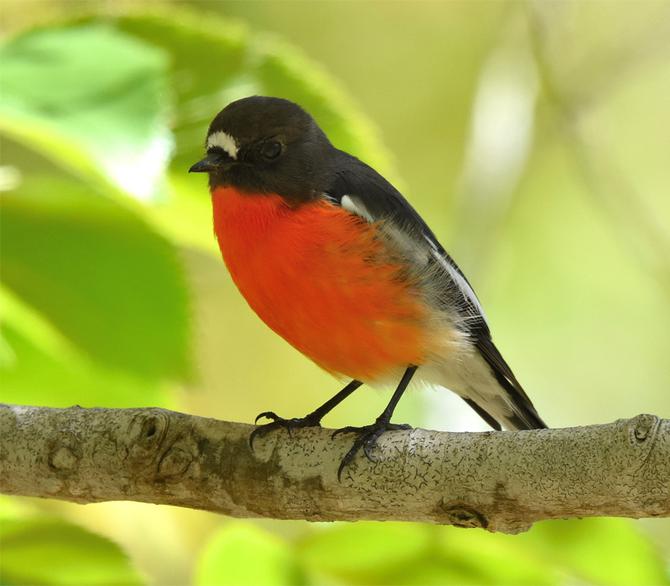As you walk through a forest, the birds you can hear are a good indicator of the forest health. They're easy to detect and they're sensitive to small changes in environment at the lower levels of the food chain.
But it's time consuming and expensive to send ornithologists out to survey Tasmania's vast forests, so forest managers have relied on spot-surveys, which don't tell the full story.
The University of Tasmania is developing technologies they hope will allow forest managers to use data captured by remote audio recorders. Their 'recognition algorithms' have the potential to automatically detect and count each bird and each species in a recording. University Associate Andrew Hingston has developed recordings annotated with species names that the team has used to teach their machine learning system to confidently predict 20 of the 105 bird species known to Tasmania. Now they're working to train the system to recognise individual birds and a wider range of species.

The public can help, via Birdsong, a citizen science project centred around a web portal where birdwatchers can log their sightings, submit images and audio, and get some online training in bird identification.
The project came out of an industry-driven need for more cost-effective ways to measure bird populations, says Honorary Research Associate Dr Tim Wardlaw. He is a Partner Investigator for Forestry Tasmania in an ARC Linkage Project that was set up to develop ways to assess forest health using audio recordings of birdsong.
The project will use the work of mathematician Scott Whitemore, who is working with the University's ARC Centre for Forest Value.
"Long-term monitoring quickly produces hundreds of hours of audio recordings," says Whitemore. "To get a high-resolution picture of what is going on in an ecosystem, we need a way to annotate recordings which doesn't require much human input."
He has helped develop a recognition algorithm that uses sonograms and visual representations of audio recordings to identify individual bird species in an ecosystem.
Project partners include the Southern Regional Natural Resource Management Association, VicForests, Sustainable Timber Tasmania, Tasmanian Land Conservancy Inc, and the Forest Practices Authority.
Also:
- Applying operations research methods to solve the decision-making problems in healthcare could improve patient flow in hospitals, and ultimately improve patient health. Mathematical models and algorithms for decision-making tools are under development by UTAS mathematician Dr Malgorzata O'Reilly. Her work is part of the Modelling Healthcare Systems' ARC Linkage project awarded in 2015. Collaborators include Melbourne University and the Monash Medical Centre Hospital.
- Pollution from ship engines can impact air quality on land, because ships generally use cheaper, low-quality fuel with a high sulphur content, and about 70 per cent of ship engine emissions happen within 400 km of land. Mathematicians at the University have used risk analysis to provide expert opinion to the Australian Maritime Safety Authority, which is making a submission to an international panel considering changes to the regulations on the allowable sulphur content in marine fuel.
About the researchers
Associate Professor Michael Charleston
Associate Professor Michael Charleston is a lecturer and researcher in Mathematics and Physics.
Scott Whitemore
Mr Whitemore is a PhD student on the project "Developing algorithms to automatically identify bird species from audio recordings in order to improve biodiversity monitoring".
Interested in conducting your own research? Apply now to become a research student.
Interested in partnering with the University of Tasmania? Find out more here.


